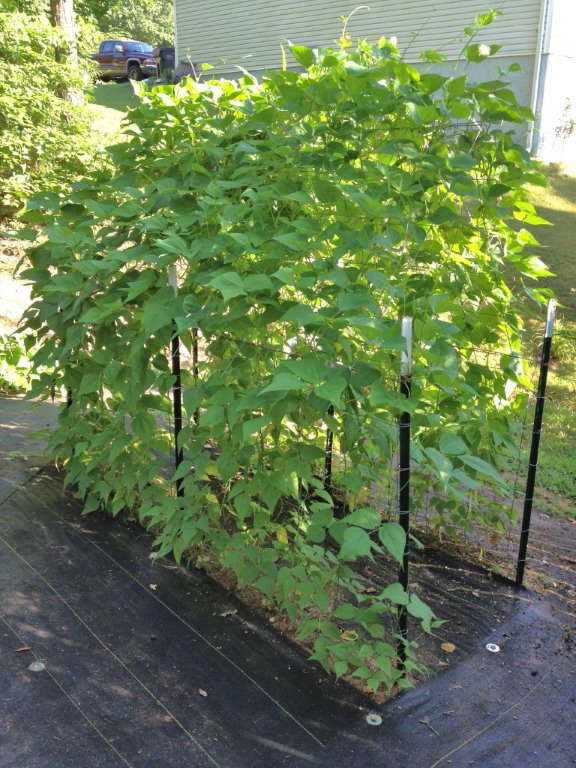RESCUE THE FESCUE – A FALL PLANTING GUIDE
Early October ushers in our yearly fescue planting frenzy. Unirrigated fescue lawns reach their low point this season and many homeowners are making plans to overseed or to plant anew. In some years, the planting period will be complicated by watering restrictions .
Click here for current watering rules.
The multiplicity of water rules means we all need guidance on how to water newly planted fescue seed and yet stay within the confines of local watering guidelines. I recently called Dr. Gil Landry, turf specialist for the University of Georgia, to get his recommendations. He says the key to fescue success is to insure good seed to soil contact when planting. I’ll outline the steps Gil suggested.
NEW FESCUE LAWNS
PREPARATION Thoroughly rototill the soil to a depth of six inches before planting. If the soil is predominantly clay, add 1 – 3 cubic yards of organic material per 1000 square feet and thoroughly mix this with the subsoil. If topsoil is spread over the area, rototill it into the existing soil – do not simply spread it over hard clay soil.
SEEDING Spread 4 – 6 pounds of seed per 1000 square feet. Do not exceed this rate. Crowded seedlings both demand more water and also become susceptible to disease. Rake lightly or drag the area with a piece of carpet or section of chain link fence to cover the seed with soil.
MULCHING Spread 60 – 80 pounds of wheat straw over each 1000 square foot area. This may be 1 – 2 bales, depending on the weight of the bales.
EXISTING FESCUE LAWNS
PREPARATION Decide how you will disturb the soil without harming the existing grass. The best choices are to either core aerate or to verticut. Both processes are done with motorized machines available at rental outlets.
If the lawn is covered 50% or less with healthy fescue, use a verticutter (sometimes called a dethatcher). Adjust the verticutter blades to just touch the top of the soil.
If the lawn is covered 50% or more with healthy fescue, use a core aerator. Go over the lawn several times with the machine. Stop when you have 10 or more aerator holes per square foot. It is important to aerate on moist soil so the hollow tines penetrate at least 2 – 3 inches. Irrigate the lawn two days beforehand if necessary.
Just before seeding, lower your mower one notch below your normal mowing height and mow the lawn. This removes the grass canopy and helps seed fall directly onto the soil.
SEEDING Spread 3 – 5 pounds of seed per 1000 square feet. Do not exceed this rate. Drag the area with a carpet or section of chain link fence to crumble any aerator cores and cover the seed with soil.
MULCHING Spread wheat straw thinly over each bare area. Use your judgement according to the amount of healthy fescue already in place.
WATERING AFTER SEEDING
Apply between one-fourth and one-half inch of water in the morning each day that irrigation is allowed. In most cases, this will be every other day. Check to make sure irrigation is uniform, leaving no soggy or dry spots. More than one-half inch is not needed by new seedlings or by existing fescue.
As seedlings emerge, 10 days after planting, make plans to lengthen the time between waterings. Apply one-half inch of water every four days for two weeks, then three-fourths of an inch every six days for two weeks. By this time, the grass should be well-established and the recommended schedule of one inch of water per week can be followed.
FERTILIZING
Fescue seed has enough nutrients to sustain it for several days. In the absence of a soil test, you may choose to apply starter fertilizer at seeding or to wait until you see the “green fuzz” of new grass blades emerge 10 – 14 days later.
When grass is well-established, begin the yearly schedule of applying turf fertilizer in November, February and April.















